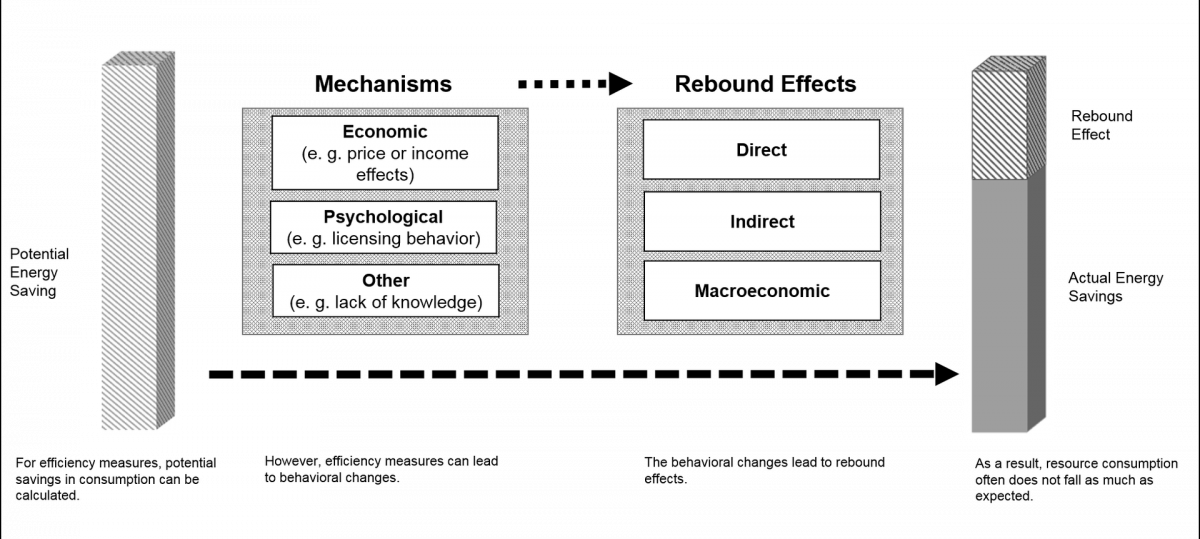Introduction
In the realm of decision-making, there exists a fascinating mental model known as the Rebound Effect. This concept refers to the counterintuitive phenomenon where individuals or groups, after exerting considerable effort to achieve a particular goal, experience a subsequent and unexpected reversal in their progress. Rooted in human psychology, the Rebound Effect has far-reaching implications in various spheres of life, influencing personal decisions, business strategies, and public policy-making. In this blog post, we will explore the psychology behind the Rebound Effect, examine real-life examples, uncover underlying biases, and provide practical strategies to help readers avoid falling into this common cognitive trap.
Understanding the Rebound Effect
The Rebound Effect can be understood as the unintended consequence of intense effort in pursuit of a goal. Instead of maintaining or furthering progress, individuals or groups find themselves regressing or encountering obstacles that hinder their original objectives. This mental model is rooted in several psychological factors, including the tension between conscious and unconscious processes, the influence of motivation and self-control, and the limitations of willpower and cognitive resources.
Examples of the Rebound Effect
Personal Life Decisions:
Consider an individual who has been diligently following a strict diet plan to lose weight. They restrict their food intake, adhere to a disciplined exercise regimen, and experience significant progress. However, when faced with a tempting social gathering, they find it challenging to resist indulging in unhealthy foods. The rebound effect occurs as a result of the strong effort exerted to maintain self-control, leading to a subsequent loss of control and a setback in their weight loss journey.
Business Scenarios:
In the business world, the Rebound Effect manifests when organizations implement cost-cutting measures to improve financial performance. They reduce resources, trim budgets, and downsize their workforce. However, the unintended consequence emerges as the remaining employees face increased workloads and decreased morale. The initial effort to streamline operations rebounds, leading to decreased productivity and potential long-term negative effects on the company’s performance.
Public Policy-Making:
The Rebound Effect can also be observed in public policy decisions. Governments may introduce regulations or taxes to discourage certain behaviors, such as carbon taxes to reduce carbon emissions. However, individuals or industries may find ways to circumvent these measures, leading to rebound effects, such as increased energy consumption in other areas or the emergence of new forms of pollution. These unintended consequences can undermine the original intent of the policy and create new challenges to be addressed.
Mental Biases and Psychological Underpinnings:
Several cognitive biases contribute to the occurrence of the Rebound Effect. The Planning Fallacy plays a significant role, as individuals tend to underestimate the time, effort, and resources required to achieve a goal, leading to an overcommitment of effort. The Zeigarnik Effect, which states that unfinished tasks occupy mental resources, can also contribute to the rebound effect by creating a cognitive burden that increases the likelihood of succumbing to temptation or distraction.
Moreover, the Limited Resource Model of Self-Control suggests that self-control operates as a finite resource that can be depleted over time. When individuals exhaust their self-control resources, they become more susceptible to rebound effects, as their ability to resist impulses weakens.
Identifying and Avoiding the Rebound Effect:
Awareness is crucial in identifying and avoiding the Rebound Effect. Here are practical strategies to help readers navigate this cognitive trap:
Set realistic goals: Avoid overcommitting and underestimating the effort required to achieve a goal. Take into account potential setbacks and challenges when planning, allowing for a more balanced and sustainable approach.
Implement gradual changes: Instead of drastic measures, opt for incremental changes. By taking small steps towards a desired outcome, you can mitigate the risk of a rebound effect caused by extreme efforts or sudden changes.
Build resilience: Strengthen your capacity to withstand setbacks by cultivating resilience and adaptability. Recognize that occasional setbacks are a natural part of the journey and use them as opportunities for growth and learning.
Monitor progress and adjust accordingly: Regularly assess your progress and adjust your approach as needed. Stay attuned to signs of potential rebound effects, such as increased temptation or decreased motivation, and adapt your strategies to maintain sustainable progress.
Conclusion
The Rebound Effect highlights the complexity of decision-making and the inherent challenges we face when exerting effort towards achieving goals. By understanding the psychological underpinnings and biases that contribute to this phenomenon, we can better navigate its pitfalls. Awareness and a proactive approach to decision-making are essential in avoiding the unintended consequences of the Rebound Effect. By setting realistic goals, implementing gradual changes, building resilience, and monitoring progress, individuals and groups can make more informed and sustainable decisions that align with their long-term interests.
